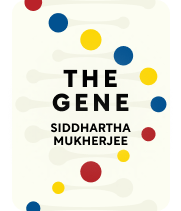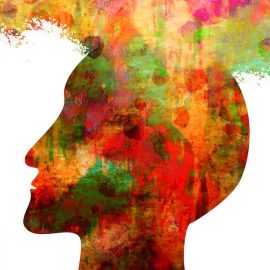

This article is an excerpt from the Shortform book guide to "The Gene" by Siddhartha Mukherjee. Shortform has the world's best summaries and analyses of books you should be reading.
Like this article? Sign up for a free trial here.
Is there any biological basis for the existence of race? How much genetic variation is there between different races?
Race is a social construct rather than a biological reality: There is very little basis for differentiating between races in genetics. Genetically speaking, humans are incredibly similar, sharing approximately 99.9% of their genetic code, regardless of race.
Learn about the genetics of race and why it doesn’t exist in a biological sense.
Our Genetic Identities Are Very Similar
With regards to the genetics of race, humans are all much more similar than we are different. People who believe in significant differences between “races”—for instance, that people of Asian descent are naturally good at math, or that those of African descent are more athletic—are mistaken: There simply isn’t enough genetic variation to account for such differences.
Every human alive today can trace his or her lineage down the maternal line to one woman who lived in Africa about 200,000 years ago. The fact that we have a common ancestor, especially such a recent one (by evolutionary standards), also suggests that we’re much more alike than people think.
Furthermore, scientists now believe that the first humans left Africa less than 100,000 years ago. It would take several times that long, at least, for any significant genetic differences to arise—in other words, for us to split into different “races.”
(Shortform note: If we all came from a common ancestor, and are still almost genetically identical as Mukherjee states, how do we explain the differences that do exist between ethnicities? The most obvious difference between “races” is skin color, which has changed more quickly than other traits because of natural selection. Populations that live near the Earth’s equator tend to have darker skin because it protects them from the intense sun and UV rays. Conversely, people who live far from the Earth’s equator—especially people in the northern hemisphere—tend to have pale skin so they can more efficiently absorb energy from the limited amount of sunlight they get.)
Genetic Differences Between Individuals
While there’s not much genetic variation between races (so to speak), there can be a great deal of genetic variation between individuals.
The most obvious example of genetic differences between individuals is biological sex (male versus female). This is most commonly explained as a difference of a chromosome—females have matching XX chromosomes, while males have one X and one smaller Y chromosome—but the difference is even smaller than that.
In 1989, a geneticist named Peter Goodfellow narrowed “maleness” to a single gene on the Y chromosome, simply called SRY. To test his theory, Goodfellow genetically altered female mice to carry a copy of the SRY gene. Some of the offspring, though chromosomally female (XX chromosomes) seemed male in both anatomy and behavior. In other words, by altering a single gene, Goodfellow completely changed the identities of those mice.
This is just one example of how our genetics play a role in who we are.
(Shortform note: While a single gene may explain both sex and behavior in mice, humans are quite a bit more complex. Scientists have, to date, identified 19 separate genes that help determine the masculinity or femininity of the human brain—in other words, whether that person will “feel like” and identify as a man, a woman, or neither. When a person’s brain and biological sex don’t match, it can result in a condition called gender dysphoria, where the person feels trapped in the wrong body.)

———End of Preview———
Like what you just read? Read the rest of the world's best book summary and analysis of Siddhartha Mukherjee's "The Gene" at Shortform.
Here's what you'll find in our full The Gene summary:
- What genes are and how they work, explained in simple terms
- The history of gene discovery, dating back to the 1800s
- What the future of genetic engineering looks like






